

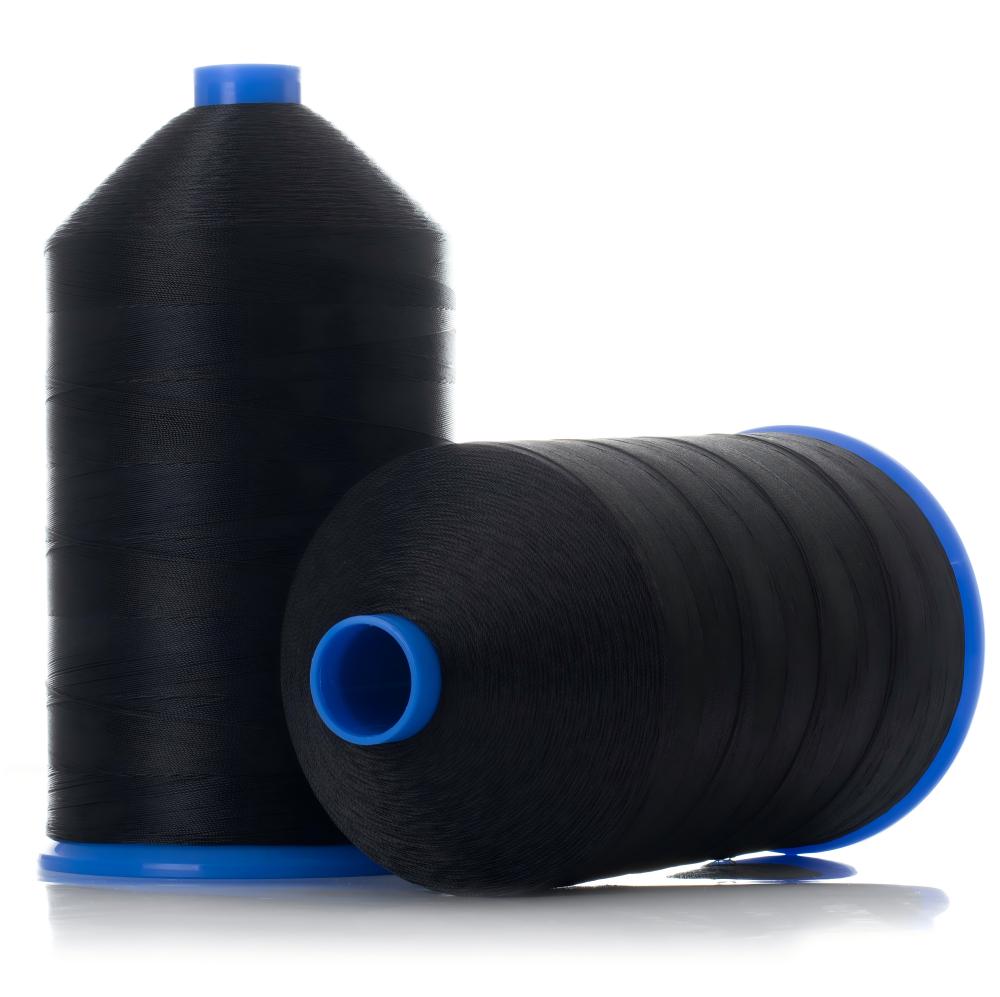
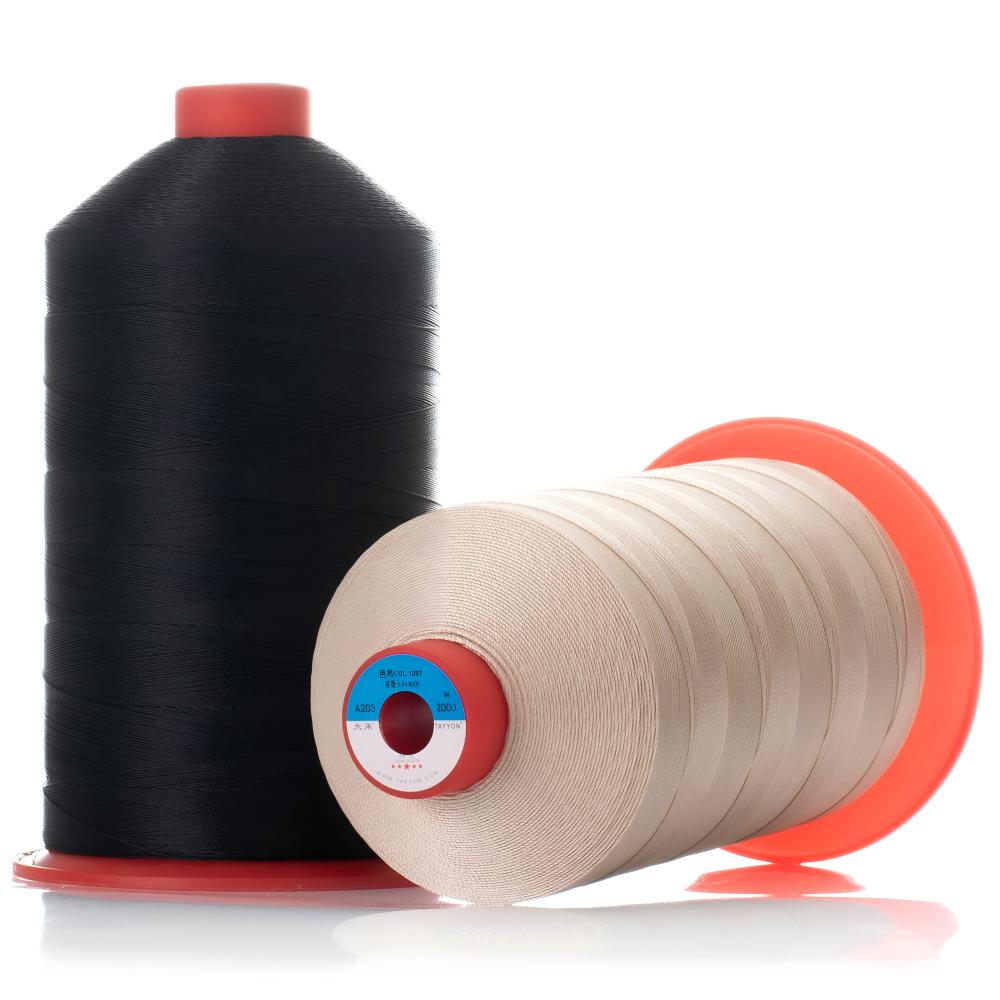
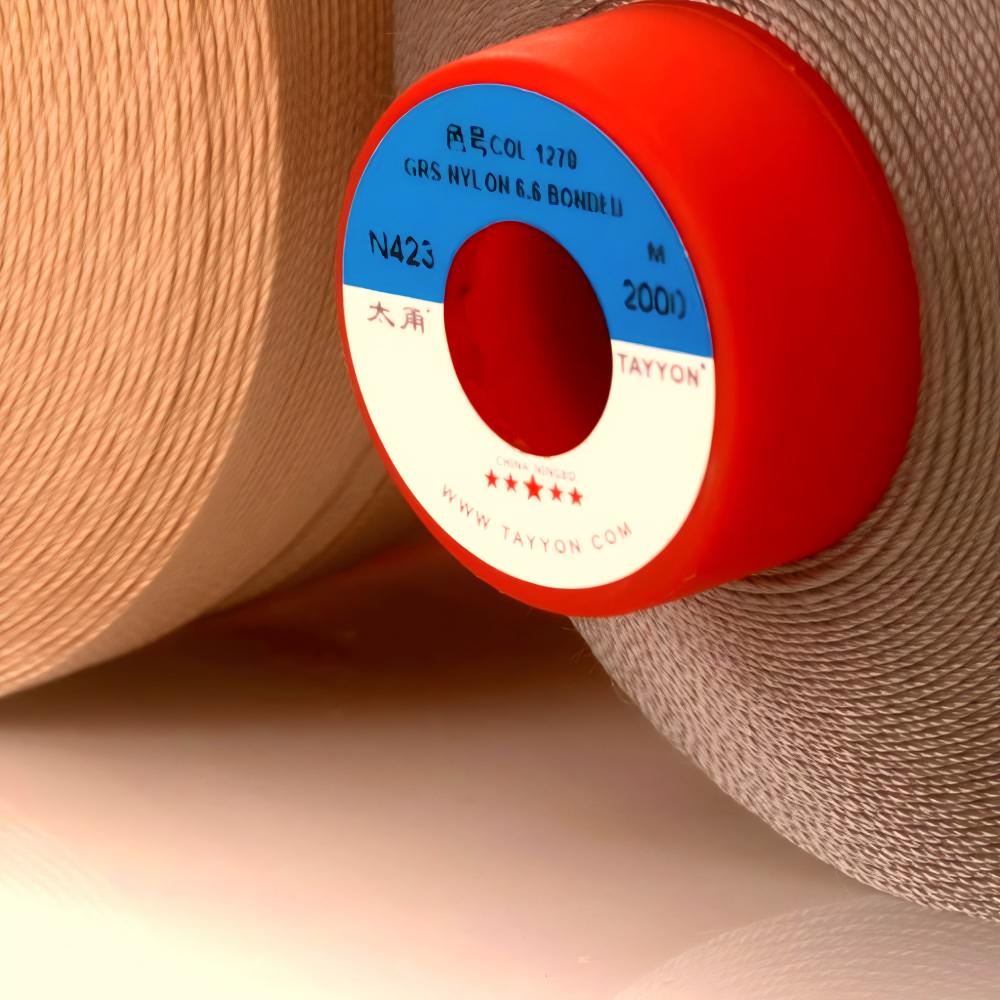
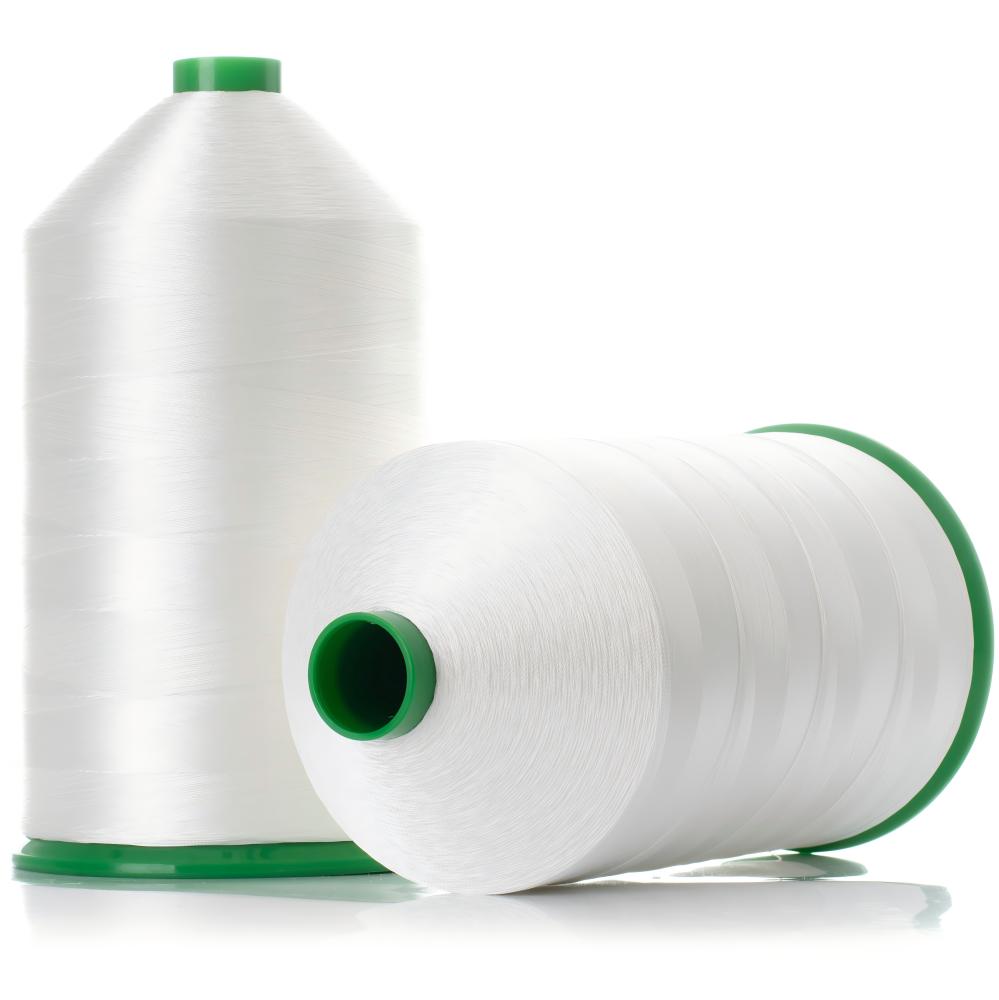
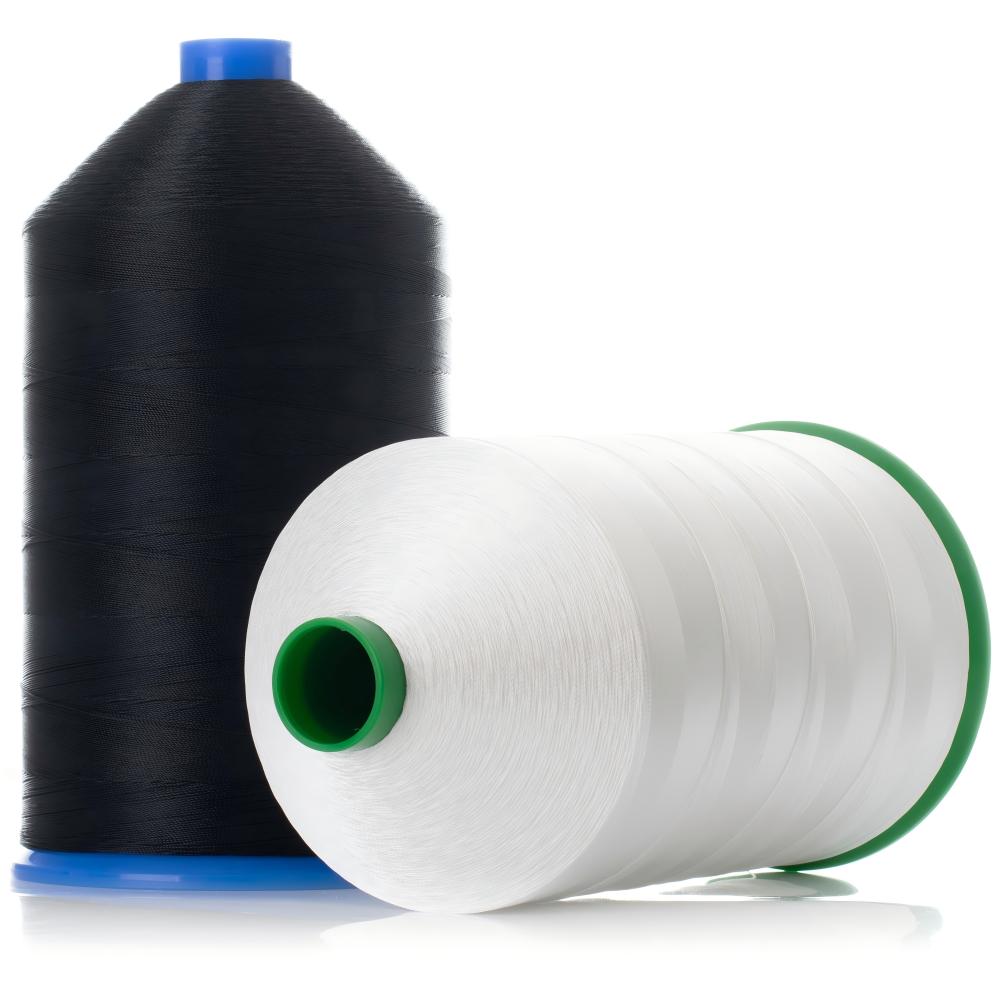
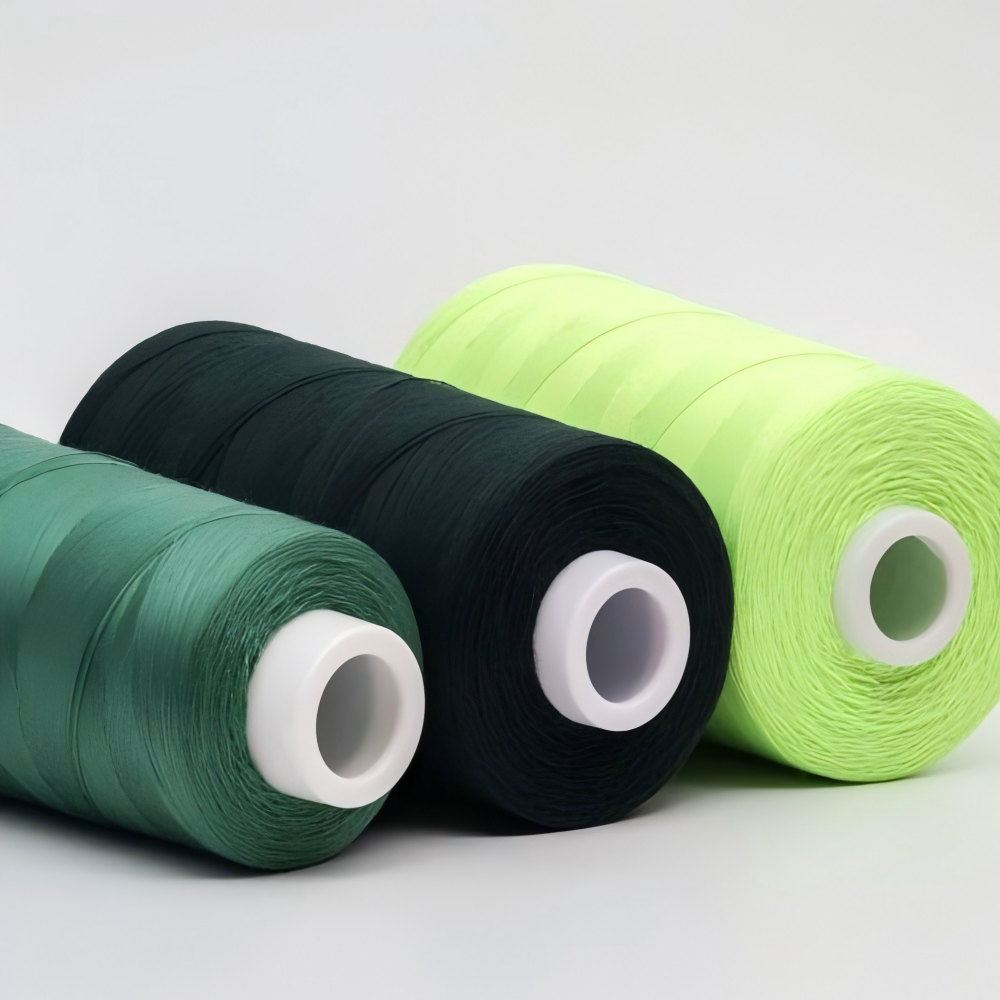
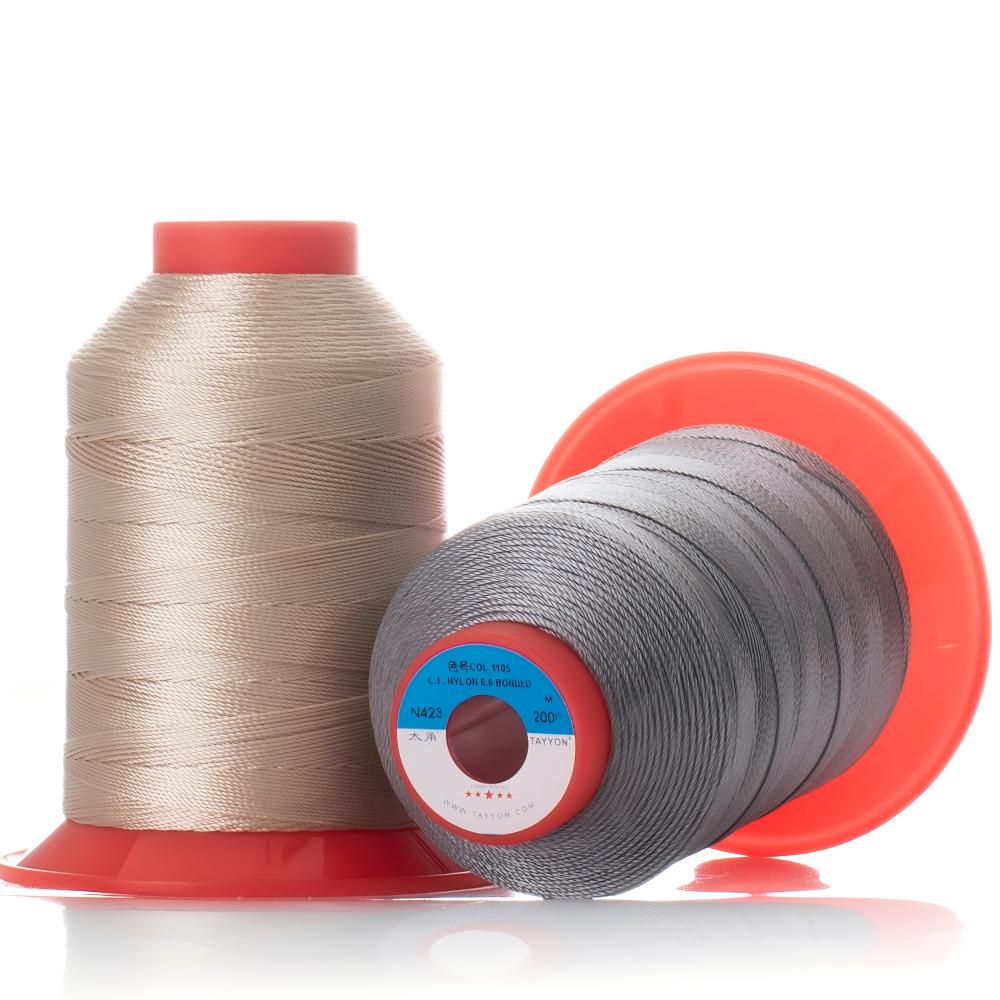
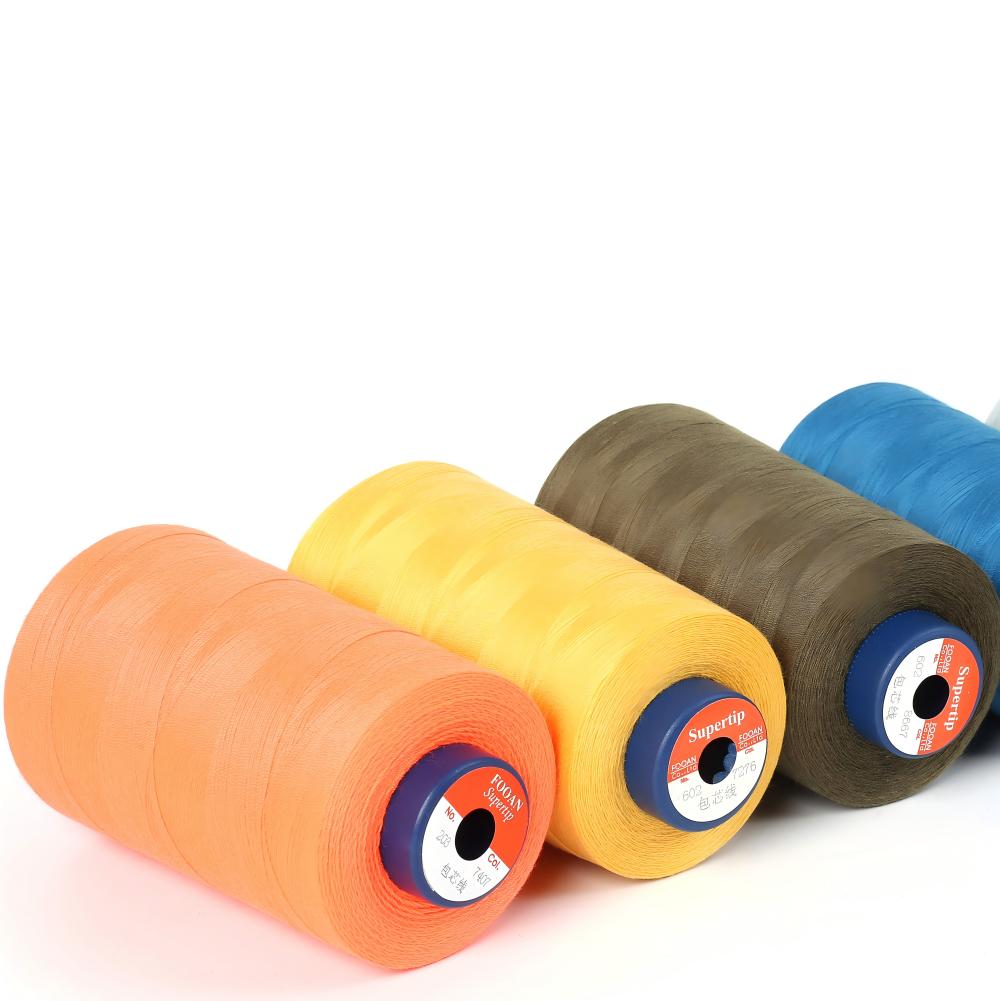
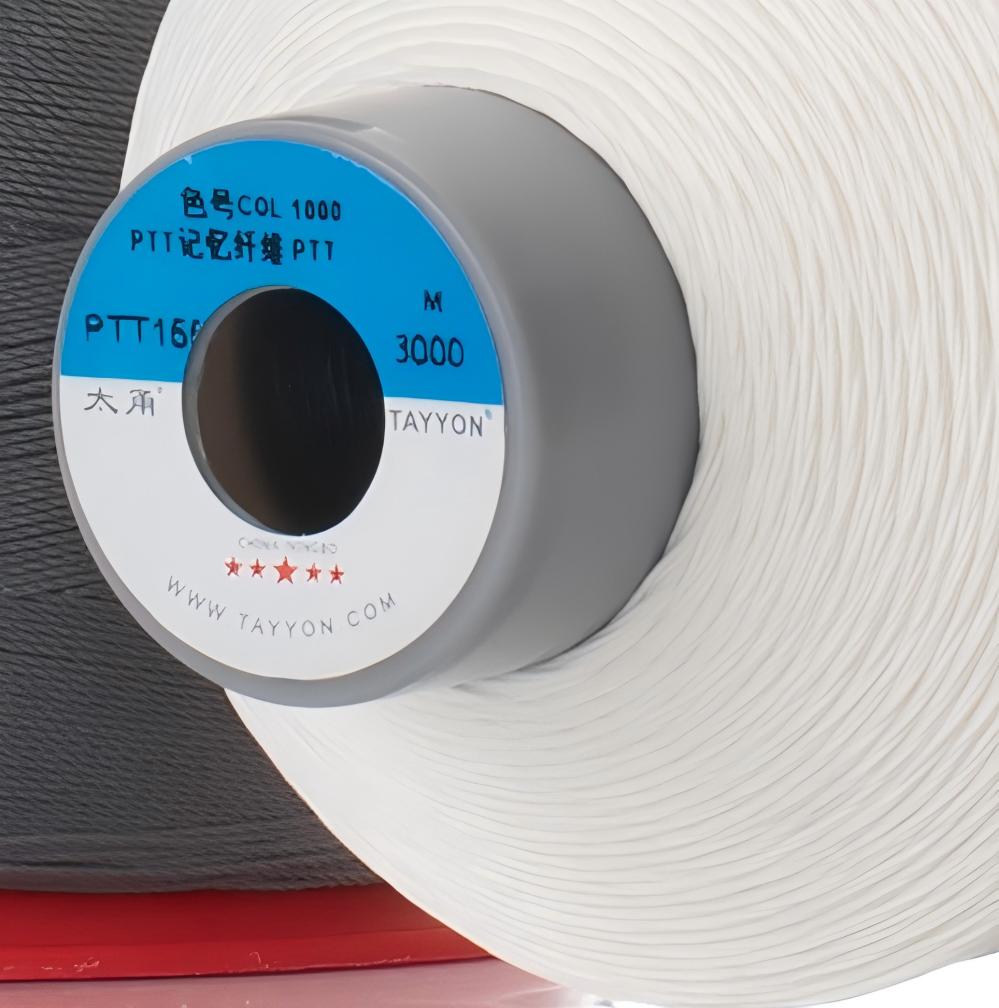
 Tel
Tel Email
EmailHow to Judge the Differences in Polyester and Nylon Sewing Thread Quality
Release time:2025-04-12 Click:913
Currently, prices for high tenacity polyester and bonded nylon sewing thread products on the market vary significantly, making it difficult for buyers to determine if the quality truly matches the price. To help buyers gain a deeper understanding of sewing thread product quality, here are some key points:
First, determine the thread material.
There are many types of thread materials on the market. We can choose equivalent materials based on samples or customer specifications. For example, "Bonded Thread" is a common designation, however, prices of bonded nylon thread are more expensive than bonded polyester thread; also for bonded nylon thread, while bonded nylon 6 thread offers a significant price advantage than bonded nylon 66 thread.
Judge thread quality by appearance:
| Check if the finished thread has fuzzing or beading, and if the winding is even. Uneven winding indicates internal knots. | Examine if the thickness of the finished thread is consistent. Threads with 3 plies are generally preferred for purchasing. | Ensure the finished thread is well-formed and has clear labeling. | Observe if the thread spool has a rich color, a resilient texture, and a firm shape. |
Regularly test tensile strength.
Due to fluctuations in raw material markets, tensile strength can vary considerably. Use testing equipment and perform random checks frequently.
Verify eco-friendly thread certification.
Do not rely solely on supplier certificates. Strictly test samples (e.g., via third-party testing) and ensure the validity period of any certificates remains active.
Check thread elasticity/stretch.
Low-end threads held in hand and pulled will exhibit noticeable stretch, becoming longer and thinner, failing to meet standard specifications. This occurs due to a lack of special post processing after high-temperature treatment.
Thread breaks and fuzzes easily during sewing.
This indicates the thread lacks sufficient heat resistance and wear resistance.
Thread tangles frequently during sewing.
Thread beads and sheds plies during sewing.
This is caused by insufficient twist during the plying process. Or, one poor bond process.
The above points outline ways to judge sewing thread quality. High-quality thread not only enhances production efficiency but also allows a company's products to showcase the thread's texture. Therefore, price should not be the primary selection criterion; prioritizing thread quality is essential.
![]() Quality Differences Polyester Sewing Thread Nylon Sewing Thread Bonded Nylon 66
Quality Differences Polyester Sewing Thread Nylon Sewing Thread Bonded Nylon 66
Ningbo Tayyon Thread Co., Ltd.
 Beicun, Dongwu Town, Yinzhou District, Ningbo City, Zhejiang Province, China
Beicun, Dongwu Town, Yinzhou District, Ningbo City, Zhejiang Province, China
 Tel./Fax: 0086-574-88381625
Tel./Fax: 0086-574-88381625
 Email: info@tayyon.com
Email: info@tayyon.com